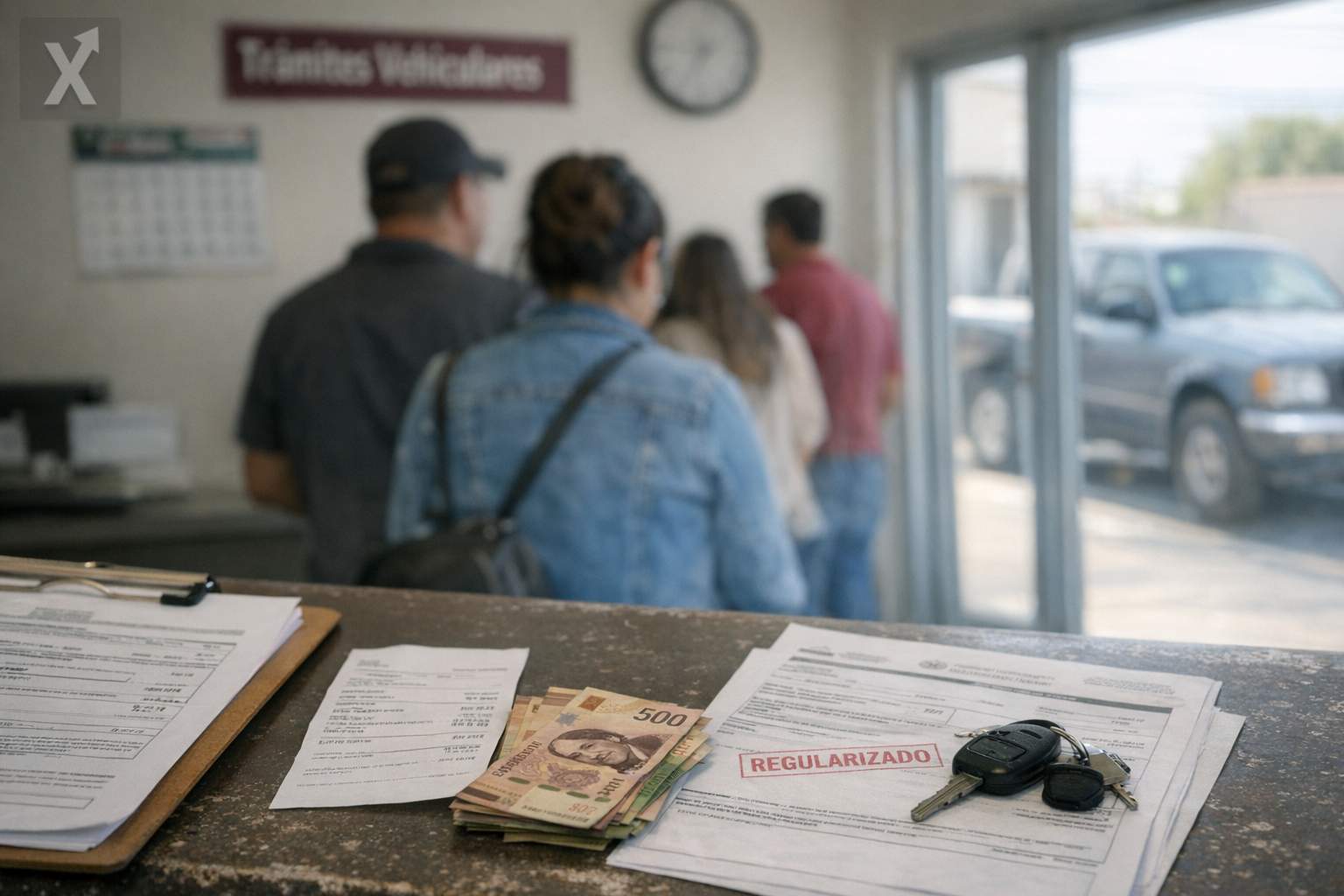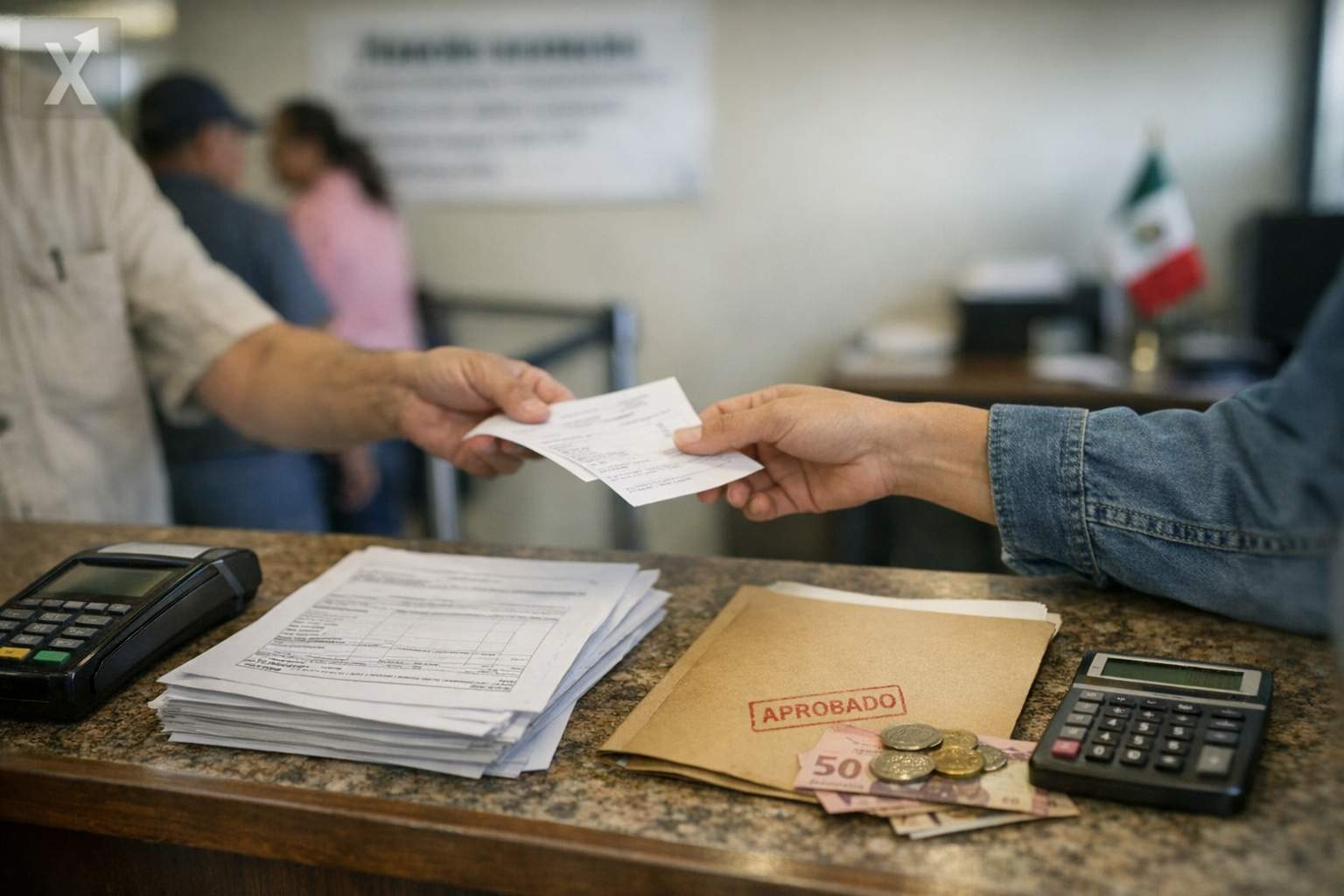Cetes Edge Higher Ahead of Key Signals from Banxico and the Fed; Market Adjusts Rate Expectations

Short-term Treasury Certificates (Cetes) posted a moderate increase in yields during the latest primary auction, just before two milestones that could redefine the path of interest rates: the release of the latest meeting minutes from the Bank of Mexico (Banxico) and the annual gathering of central bankers in Jackson Hole. In a landscape where decisions from the Federal Reserve (Fed) continue to set the pace for global markets, local investors are adjusting their positions and recalibrating expectations for gradual cuts in the cost of money over the coming months.
On the short end, 28-day Cetes were set around 7.4%, while 91-day Cetes reached 7.66%. For 182 days, the yield stood at 7.81%, and for one year, at 7.91%. This slight steepening of the curve is consistent with a market pricing in a well-ordered monetary easing cycle, albeit one that remains contingent on the evolution of inflation and external dynamics. While Cetes rates are determined at federal government auctions—where Banxico acts as placement agent—their level closely reflects the expected path of monetary policy and the system’s liquidity.
Banxico’s minutes will be scrutinized for signals regarding the inflation risk balance and the potential pace of future adjustments. In Mexico, general disinflation has been gradual, with services still showing resistance in some sectors, prompting the central bank to reiterate its prudent, data-dependent approach. Any hint of growing confidence in the convergence of inflation to target, or, conversely, warnings about pressures from administered prices, wages, or currency fluctuations, could move short-term expectations for Cetes and Mbonos.
On the external front, the market is also keeping a close eye on the probability of Fed rate cuts in the months ahead. If the U.S. begins to ease policy, this typically helps relieve some pressure on risk premiums and the exchange rate—conditions that, if met, could allow Banxico to proceed more confidently with its own easing cycle. However, a more patient Fed or stubborn inflation data in the U.S. could add volatility to Mexican assets and trigger upward adjustments in local yields.
For savers, there’s a twofold takeaway. On one hand, Cetes continue to offer low-risk instruments with returns close to the policy rate and options across 28, 91, 182, 364, and 707-day maturities. On the other, a possible rate-cutting environment suggests considering laddering strategies to diversify maturities and capture yields without concentrating risk into a single time horizon. Through platforms like Cetesdirecto, retail investors can access these securities with low amounts and no fees, supporting broader financial inclusion.
Looking ahead to the rest of the week, Jackson Hole could offer additional narrative on the “end point” for real rates in advanced economies. A message of caution would support the current stability of the Mexican yield curve; a more dovish message could accelerate bets on rate cuts. Meanwhile, domestic factors—such as peso performance, economic growth driven by investment relocation, and fiscal stance—will also influence sovereign and corporate financing costs.
In summary, the marginal uptick in Cetes yields reflects a market in wait-and-see mode: focused on Banxico’s minutes and global signals. The main drivers will continue to be inflation and the credibility of anchored expectations. If the data confirm sustained disinflation and favorable external conditions, yields could ease gradually; otherwise, episodes of volatility and temporary upward adjustments along the curve remain possible.






